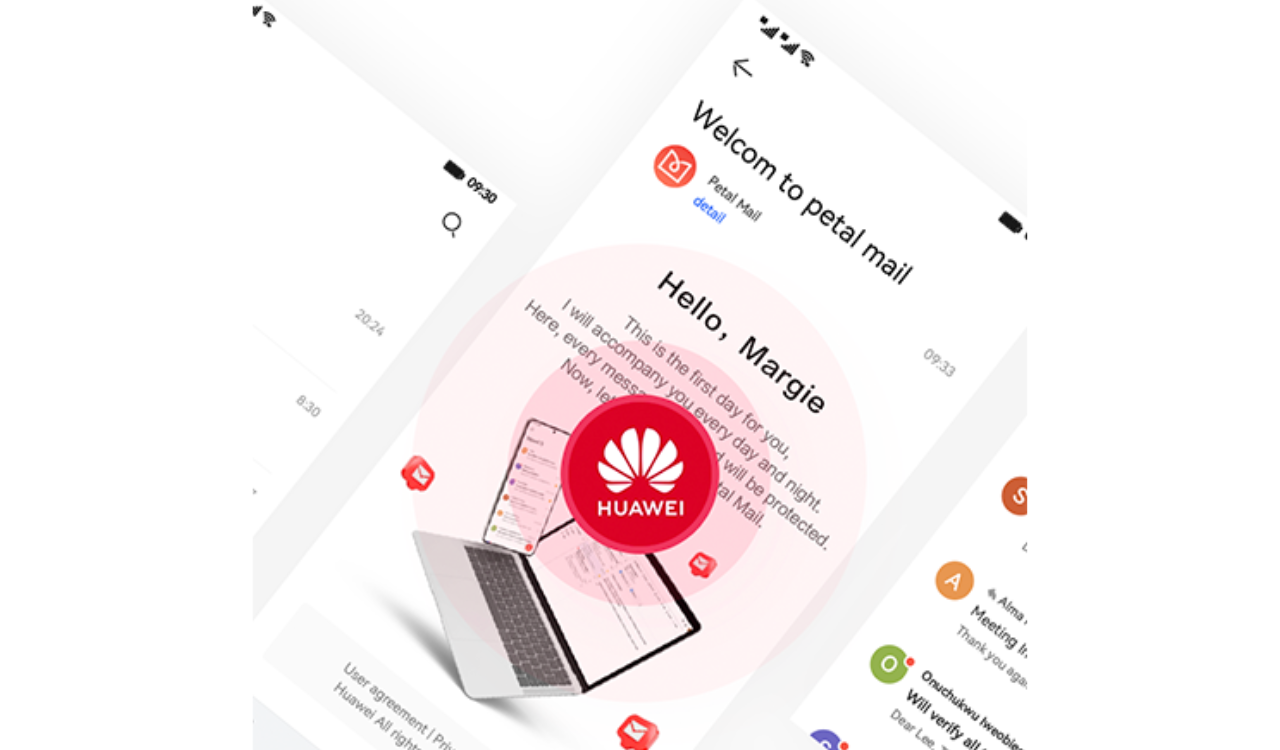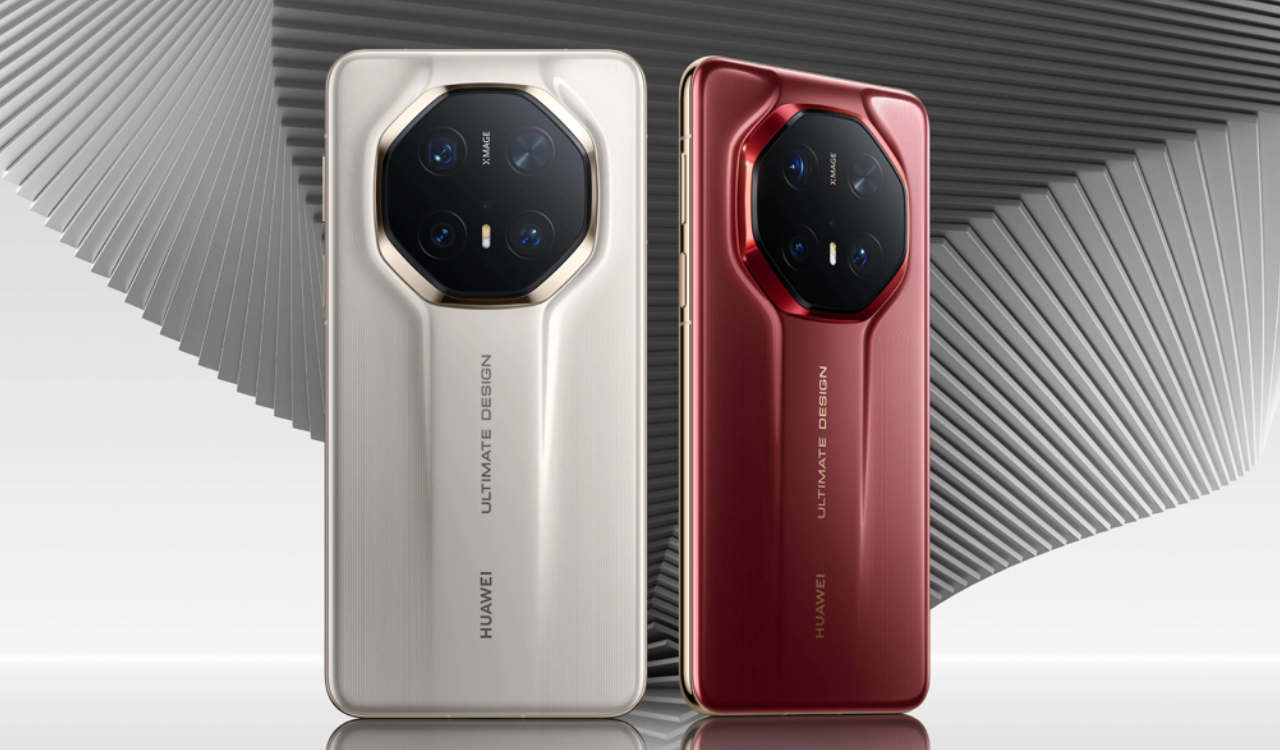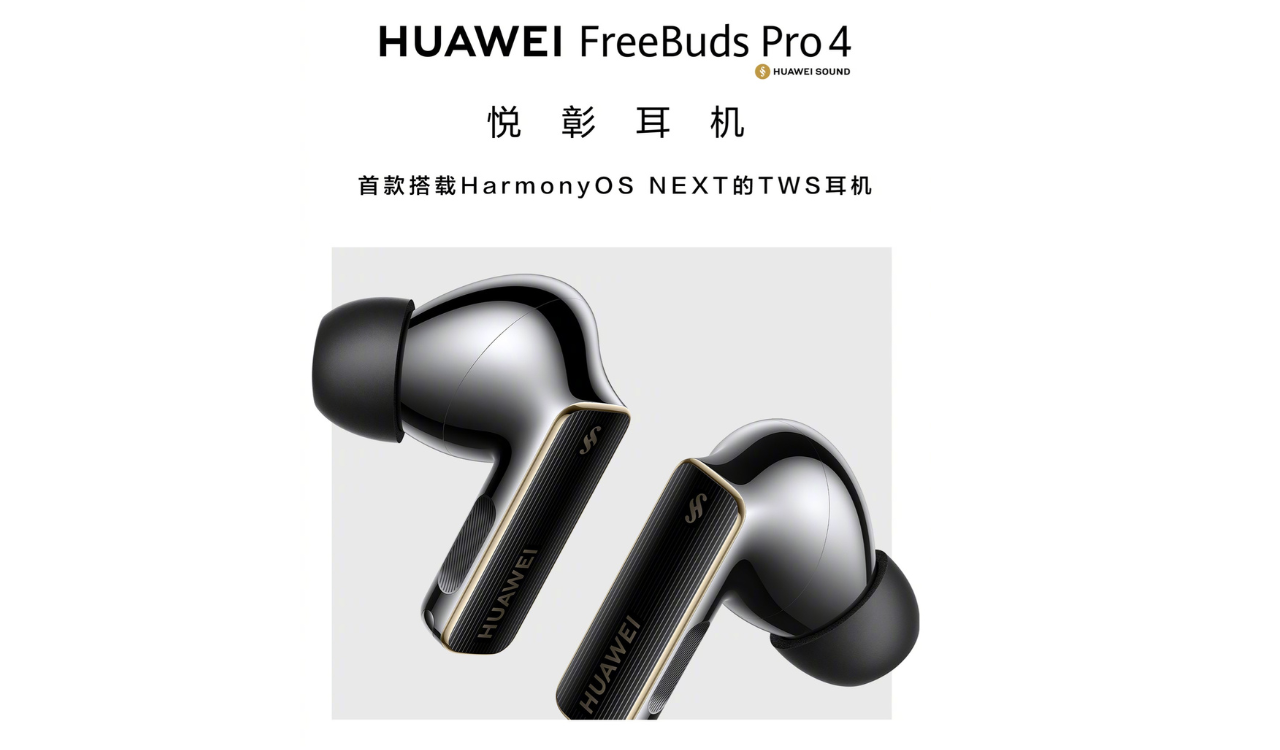Huawei News
Huawei and OPPO Sign a Global Patent Cross-Licensing Agreement

The Chinese tech giant, Huawei, and OPPO together announced the signing of a global patent cross-licensing agreement, which covers basic patents for cellular communication standards including 5G standards.
According to reports, the cross-licensing agreement reached between Huawei and OPPO has made a package of patent licensing arrangements for both parties’ 5G and other standard essential patent technologies and related products. According to the agreement, OPPO paid to obtain a license for Huawei’s advanced 5G technology. At the same time, Huawei has also obtained the required OPPO patent license for OPPO’s research on wireless standards.
“Although Huawei has signed some licensing agreements with domestic companies, OPPO is by far the largest and has the most patents .” Huawei revealed.
Fan Zhiyong, Director of Huawei’s Intellectual Property Department, said: “After more than 20 years of continuous innovation, Huawei has formed a number of high-value patent packages around the world, including 5G, Wi-Fi, audio and video. Huawei is very happy to reach a cross-licensing agreement with OPPO The mutual recognition of the value of intellectual property among enterprises can promote the innovation cycle of “investment-return-reinvestment” in high-value standard technology research, enhance the sustainable innovation capability of the industry, and provide consumers with more competitive products and service.”
Huawei’s financial report shows that research and development expenses in 2021 will be 142.7 billion yuan, the highest in history, accounting for about 22% of annual revenue. Ranked No. 2 in the world.
Huawei News
Huawei Petal Mail App will no longer be available for download

According to the official information, the Huawei released the delisting announcement of its Petal Mail App. The full text of the announcement is as follows: [translated]
Thank you for your continued attention and support to the Huawei Petal Mail App. In order to better adapt to the changing needs of product experience, service content and local markets, we have made strategic adjustments to the Huawei Petal Mail App.
The Petal Mail App will officially switch to the Email App on December 31, 2024, and the Petal Mail App will no longer be available for download from the App Store. The Petal Mail App you have installed can be used normally. We apologize for the inconvenience. You can continue to view, send or receive emails in the pre-installed Email App on your Huawei phone or use a computer browser to open the Petal Mail official website ( https://www.petalmail.com ), and your emails and personal data will not be lost.

Huawei News
Huawei Mate 70 lineup repair spare parts prices announced

Huawei released the Mate 70 series of mobile phones, with a starting price of 5,499 yuan. At present, the prices of spare parts for the new Mate 70 series have been announced on Huawei’s official website.
Huawei Mate 70 lineup repair spare parts prices announced
Battery and motherboard
Mate 70
Battery — 199
12GB+256GB — 2499
12GB+512GB — 2899
12GB+1TB — 3599
Mate 70 Pro
Battery — 199
12GB+256GB — 2899
12GB+512GB — 3299
12GB+1TB — 3999
Mate 70 Pro+
Battery — 299
16GB+512GB — 4399
16GB+1TB — 4899
Mate 70 RS
Battery — 299
16GB+512GB — 6499
16GB+1TB — 6999
Camera


Huawei News
Huawei FreeBuds Pro 4 official announcement

Huawei officially announced the new FreeBuds Pro 4 headphones. This is the first TWS headset equipped with HarmonyOS NEXT and will be officially launched at the Huawei Mate Brand Festival on November 26.
As can be seen from the poster, the headset adopts an in-ear design with black and gold color matching, and the overall shape is similar to the previous generation. With the support of the new system, FreeBuds Pro 4 is expected to bring more functional upgrades.

For reference, Huawei FreeBuds Pro 3 was released in September last year with an initial price of 1,499 yuan . It is equipped with the Kirin A2 chip that uses Polar code, supports Star Flash connection core technology and Bluetooth technology, and the new L2HC 3.0 protocol.












